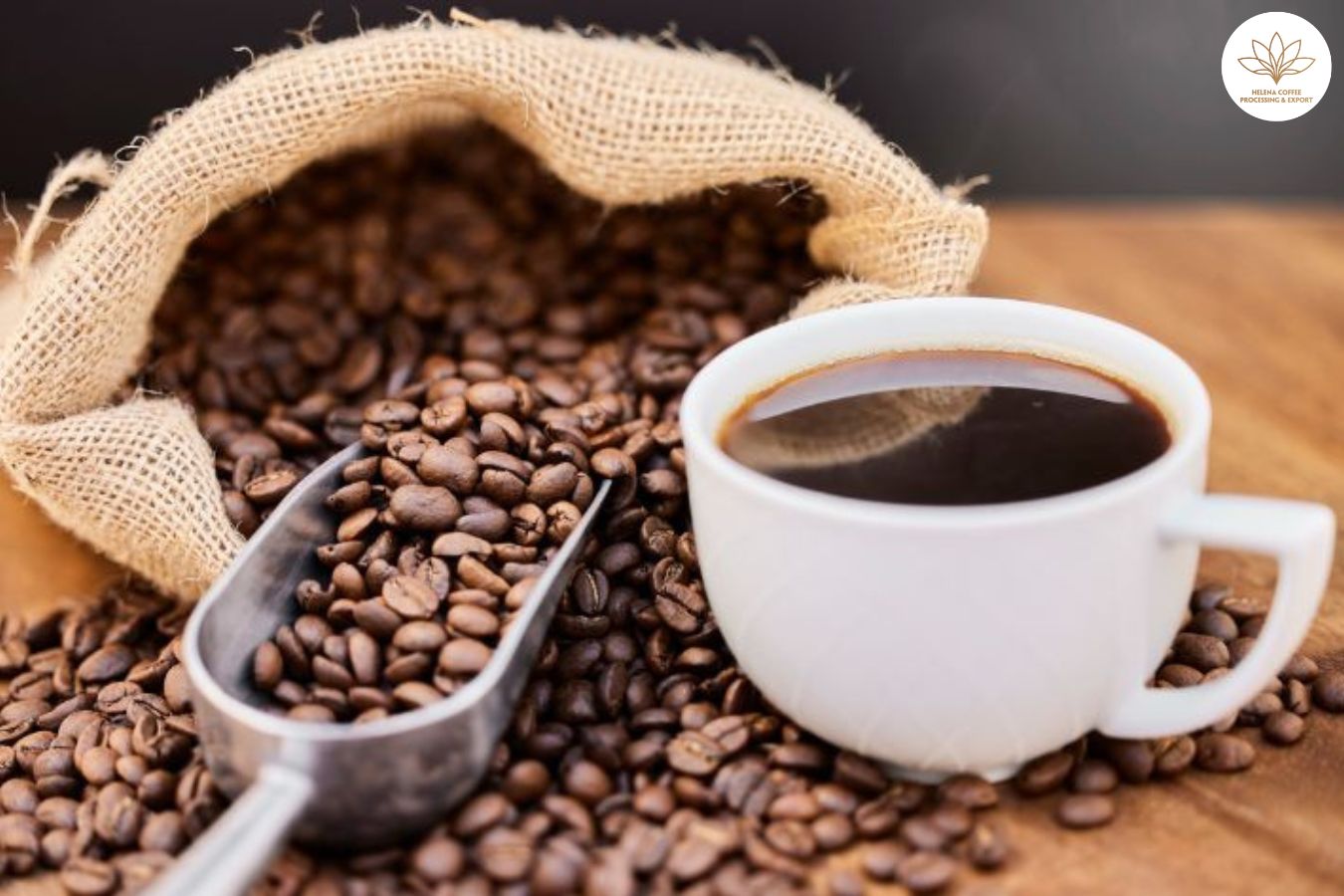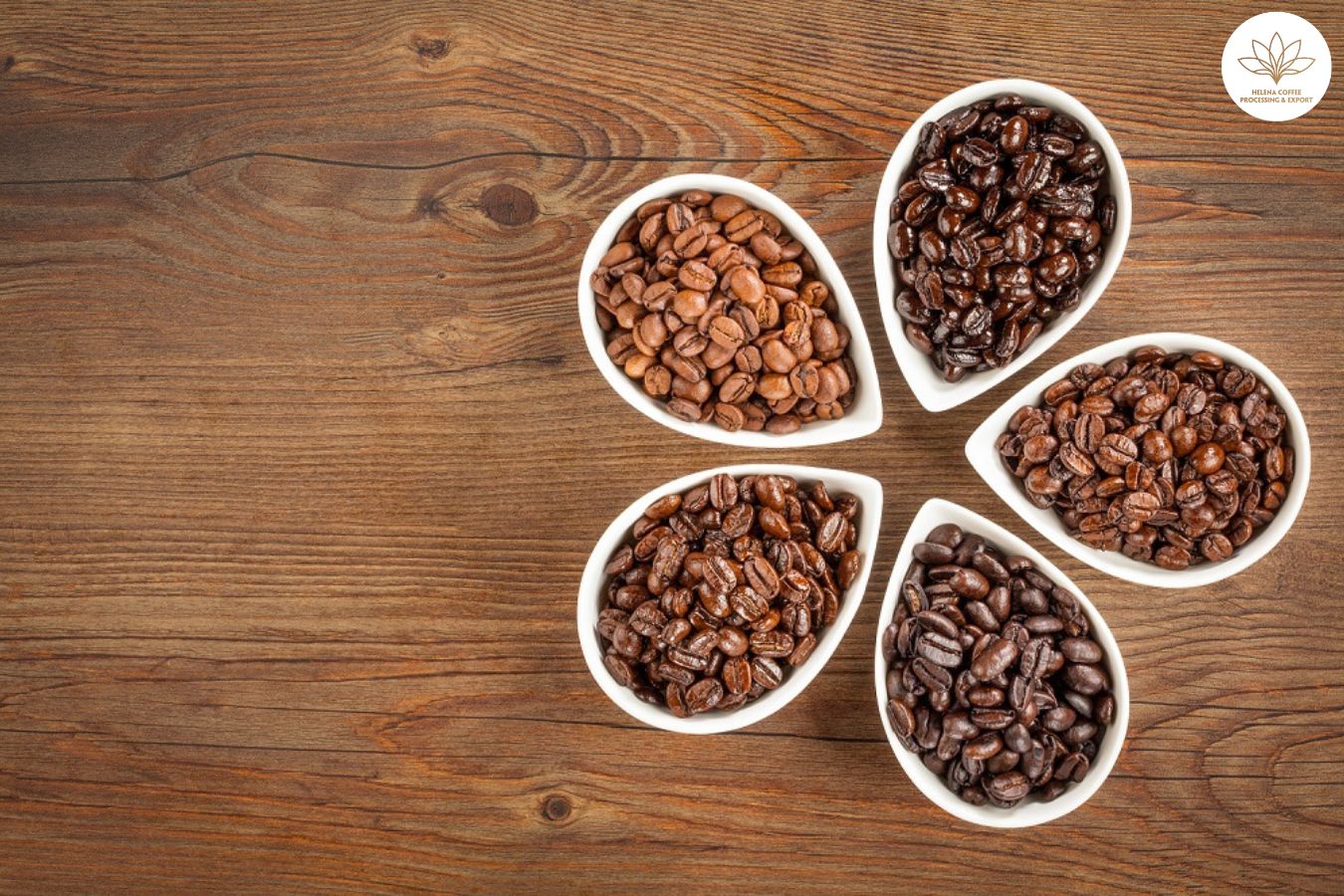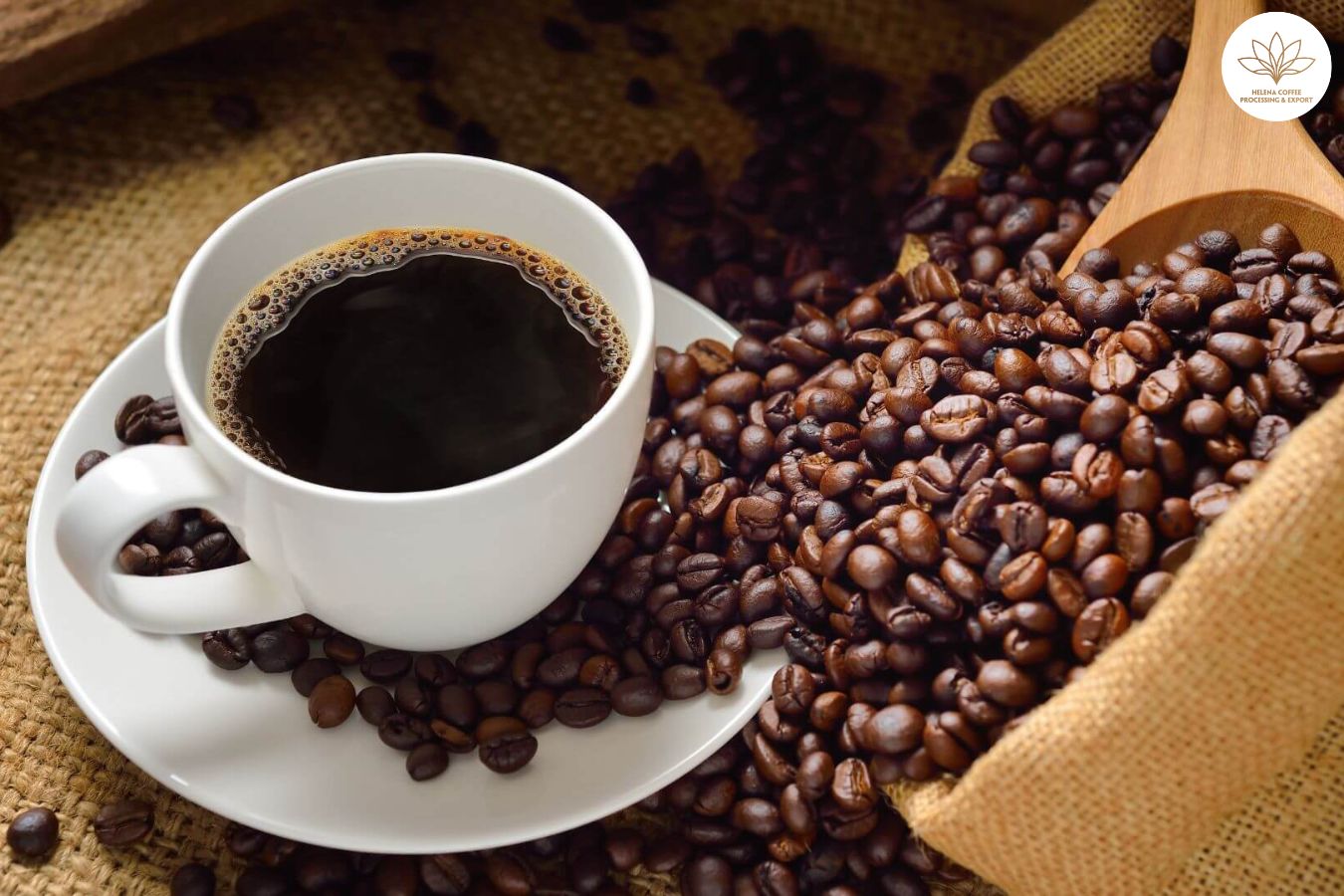
How To Choose Coffee Beans: Choosing which coffee beans to brew can be overwhelming with thousands of unique options available. It’s challenging to select the perfect coffee to match your taste preferences. However, considering a few key factors can help narrow your search.
Start by identifying if you prefer light, medium, or dark roasted beans. Light roasts are mild and acidic while dark roasts are strong and smoky. Also determine if you like single origin beans with unique terroir or blended beans that combine flavor profiles. Additionally, decide if you want beans with fruity, chocolatey, or nutty notes. Finally, factor in how you will brew the coffee – drip, pour over, espresso. Different brewing methods highlight distinct bean characteristics.
Keeping your personal flavor preferences, desired roast level, single origin vs blended, and ideal brewing method in mind will make choosing beans much more manageable. Focus on these aspects and you’ll discover coffees that perfectly suit your palate.
Knowing Your Preferred Taste
Your personal coffee preferences should guide which bean types you choose, not price or expert opinion alone. Different beans and processing methods produce varied flavors that pair best with certain brewing styles. While general guidelines help narrow options, taste is subjective – be open to trying new things.

Those preferring naturally sweeter, lighter coffees with bright acidity do best with Arabica beans and their fruity, floral, nutty notes. More bittersweet, earthy flavors with heavy body come from Robusta, Liberica and Excelsa. Blending any bean with Arabica can balance the two flavor profiles. Ultimately, taste different bean types with your preferred brewing method and decide based on your own palate, not conformity to standards.
Knowing The Broad Categories Of Coffee Bean Selection
When selecting coffee beans, it’s important to understand the different classification systems used, as each provides valuable insights. Beans can be categorized by variety, flavor profile, roast level, caffeine content, grind size, brew method, additives, and more.
Being familiar with the core aspects of each category will inform your purchasing decisions. Consider which flavor profiles appeal to your palate, but also factor in your available brewing equipment and preferred preparation method. The ideal coffee harmonizes an enjoyable taste with accessibility based on the tools you have on hand.
With knowledge of the bean classifications, you can identify coffees aligned with your taste and practical constraints. Focus on varieties, roasts, and grinds consistent with your personal flavor affinity and accessible preparation style. An informed coffee choice satisfies both your palate and your daily coffee routine.
Determine The Amount Of Caffeine You Want
Coffee bean caffeine content varies, so knowing your preferred level can guide selection. Excelsa has the least caffeine at around 1g per 100g of beans. Liberica contains slightly more at 1.23g per 100g. Arabica sits in the middle with 1.61g of caffeine per 100g of beans. Robusta is the most caffeinated at 2.26g per 100g.
When deciding which beans to buy, consider your caffeine needs. If you desire only a gentle buzz, Excelsa or Liberica may be best. For a moderate lift, Arabica hits the sweet spot. But if you need an early morning jolt or afternoon pick-me-up, the higher caffeine Robusta is likely your go-to. Let your caffeine preferences direct you toward the bean type that aligns with the energy boost you want from your coffee.
Check The Roast Date
For the best tasting coffee, consider when it was roasted. Coffee needs time to degas after roasting, but will become stale if stored too long. The ideal drinking window is 4 days to 1 month post-roast, varying by roast level and storage.
In degassing, carbon dioxide releases from the beans. Though flavorless, the gas can hinder proper extraction when brewing. Dark roasts degas faster, becoming drinkable at 4-5 days. Allow 5-10 days for lighter roasts.
Eventually coffee goes stale from heat, light, and oxygen. It loses complexity, becoming bland. While safe to drink, the quality declines. To maximize flavor, brew beans within the prime post-roast period before undesirable changes set in. Proper storage expands this window. But remember – timing matters when seeking the fullest coffee experience.
Avoid Beans Labeled As 100% Coffee
Avoiding beans simply labeled “100% coffee” may seem counterintuitive. Of course you want coffee comprised completely of coffee beans. However, the best quality coffees tend not to state the obvious. Rather, they specify details like “100% Arabica” or list the included Arabica varietals, e.g. Bourbon, Caturra, Typica.
A generic “100% coffee” label doesn’t necessarily indicate poor quality. But it does signify you should investigate further to learn the bean types inside. Higher end coffee producers want you to know the exact origins and contents. More research on your part can uncover if the nonspecific 100% coffee meets your standards. Don’t judge a coffee by its label alone, but do let it inform how deeply you examine what’s truly inside the bag.
Which Type Of Coffee Bean Is The Healthiest?
Among the major bean types, Arabica is considered the healthiest, but with some caveats. Little research exists on Liberica and Excelsa. Comparisons focus on Arabica versus Robusta.
Arabica contains higher levels of beneficial trigonelline, choline, and chlorogenic acids that may help prevent Parkinson’s, Alzheimer’s, cancer, and cardiovascular disease. However, Robusta has more caffeine, which boosts energy and exercise performance.

Roasting alters levels of healthy compounds like antioxidants, so no roast is necessarily healthier. The exception is very dark roasts that destroy more antioxidants.
Arabica’s natural sweetness is another potential health benefit, reducing the need for added sugars. Robusta and other beans taste more bitter in comparison, potentially prompting sugar addition.
In summary, Arabica offers some advantages like more antioxidants and inherent sweetness. But Robusta provides more caffeine. Overall, bean choice is just one factor in coffee’s health impacts – how it’s roasted and prepared also play key roles.
From Which Country Do The Best Coffee Beans Come?
Premium coffee is cultivated in select coffee-growing countries with ideal conditions like climate, terrain, infrastructure, and farming support.
Colombia produces nearly 10% of global coffee, making it the world’s third largest grower. Colombian coffee is almost exclusively high-quality Arabica grown within the Colombian Coffee Growing Axis. This mountainous region has rich volcanic soil, mild temps, and high elevations from 3,000-6,500 ft – perfect for Arabica. An established coffee industry enables robust production and export.
Colombian beans offer versatility, with clean flavors and medium body suiting light, medium, and dark roasts. Light roasts present citrusy acidity, medium roasts fruit and nut notes, and dark roasts chocolate and toasted flavors.
Guatemala grows 2.5% of global coffee across eight prime Arabica-growing regions with hundreds of distinct microclimates. Farms situated on fertile volcanic slopes range from 1,600-6,000+ ft elevation. This diversity produces an array of flavor profiles from chocolate to citrus.
In summary, factors like terrain, climate, infrastructure, and farming support make countries like Colombia and Guatemala shining stars for high-end Arabica coffee production. Their excellent conditions yield many of the world’s best beans.
FAQS: